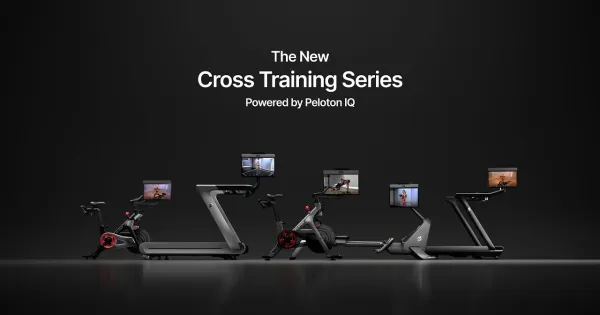The Importance of Customer Lifetime Value (CLV)

In the world of business, one metric stands out as a true north for success - Customer Lifetime Value (CLV). CLV is a forward-looking and indispensable measure that every company, regardless of size or industry, should prioritize. It's the key to unlocking sustainable growth, increasing revenue, and fostering long-term relationships with your customer base.
This article delves into the significance of Customer Lifetime Value and why it should be a cornerstone of your business strategy.
Understanding Customer Lifetime Value

Customer Lifetime Value (CLV) is a comprehensive metric that looks beyond short-term gains and focuses on the long-term value a customer brings to a business. It considers a customer's entire journey, including all the purchases they're likely to make, the frequency of those purchases, and the potential duration of their relationship with the company. By taking this holistic approach, businesses gain a more accurate understanding of the financial contribution of each customer over time. This insight empowers companies to make informed and strategic decisions, especially concerning their customer acquisition and retention strategies. It guides them in determining the optimal amount to invest in acquiring new customers and retaining existing ones, ensuring that their resources are allocated efficiently to maximize profitability and growth.
In essence, CLV is like a financial compass that helps businesses navigate their customer relationships. It encourages a focus on building and nurturing long-term customer connections, as the value of these relationships extends far beyond individual transactions. By understanding the potential revenue that can be generated over the entire customer journey, businesses can tailor their marketing, customer service, and product development efforts to prioritize customer satisfaction, loyalty, and lasting profitability.
Why is CLV Crucial?

- Strategic Decision-Making: CLV provides a crystal-clear understanding of the value each customer brings to your business over time. Armed with this knowledge, you can make data-driven decisions about how much you can afford to spend on customer acquisition, marketing, and retention strategies. This ensures that you allocate your resources efficiently, focusing on activities that have the most significant impact on your bottom line.
- Customer-Centric Approach: CLV encourages a customer-centric approach to business. When you're aware of the long-term value of a customer, you're more likely to prioritize their satisfaction, deliver superior customer service, and build strong, lasting relationships. Happy customers tend to stick around longer and become advocates for your brand, which, in turn, boosts CLV.
- Profit Maximization: By increasing CLV, you maximize your profits. It's often more cost-effective to retain existing customers than to acquire new ones. Satisfied and loyal customers tend to buy more, making them more profitable over time. Moreover, they are less price-sensitive and are often willing to pay a premium for your products or services.
- Sustainability and Growth: Businesses with a solid focus on CLV are better equipped for long-term sustainability and growth. Rather than pursuing quick, unsustainable gains, they invest in strategies and practices that support steady, profitable expansion. This long-term perspective sets the stage for resilience and adaptability in a rapidly changing business landscape.
- Efficient Resource Allocation: CLV guides businesses in allocating their resources efficiently, ensuring they invest the right amount in customer acquisition and retention efforts. This results in a higher return on investment and a more streamlined approach to business growth.
How to Increase CLV

- Improve Customer Retention: Retaining existing customers is often more cost-effective than acquiring new ones. Focus on delivering exceptional customer service, personalized experiences, and loyalty programs to keep customers coming back for more.
- Upsell and Cross-Sell: Identify opportunities to upsell or cross-sell additional products or services to your existing customers. By offering complementary items or premium upgrades, you can increase the average purchase value and overall CLV.
- Enhance Product and Service Quality: Consistently deliver high-quality products or services that meet or exceed customer expectations. Satisfied customers are more likely to stay with your brand, make repeat purchases, and refer others.
- Personalization: Implement personalized marketing and customer experience strategies. Tailor your communications, recommendations, and offers to individual customer preferences. Personalization fosters stronger customer engagement, loyalty, and longer relationships.
- Exceptional Customer Support: Invest in superior customer support. Swiftly address customer concerns and provide solutions to problems. Going the extra mile to ensure customer satisfaction can lead to longer customer relationships and increased CLV.
Final Thoughts
Customer Lifetime Value is a North Star metric that guides your business toward sustainable growth and profitability. Understanding the long-term value of each customer enables you to make informed decisions, develop customer-centric strategies, and maximize your profits.
By increasing CLV through customer retention, upselling, and personalized experiences, your business is poised for long-term success in an ever-evolving marketplace.





